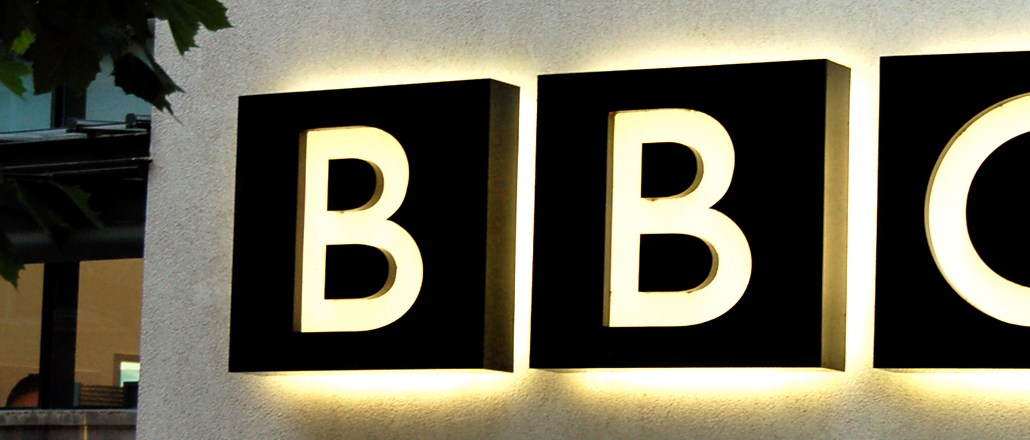Save 50% on a 3-month Digiday+ membership. Ends Dec 5.

The BBC’s research and development lab is changing broadcasting to a system more fitting for the connected age. Toward that end, in January 2015, it launched Taster, a site repository where the BBC’s R&D lab showcases the latest ideas in using technology for storytelling — from virtual reality and 360-degree filming to object-based broadcasting, where the content changes depending on the audience member.
Taster allows the BBC to test new types of content to see how small numbers of audiences respond to it and to use these case studies to inform the network’s broader experiments with non-linear, more immersive ways of broadcasting. Viewers are encouraged to “try,” “rate” and “share” the stuff they come across on Taster.
“In broadcasting, there was a traditional siloed way of doing things,” said Jon Page, acting general manager for the BBC R&D lab, where hundreds of scientists anticipate what a mainstream experience will be in two to five years’ time. “You notice disruptive changes coming over the horizon, and you have to embrace the Internet in the way that you create things”
News and sports footage already do this in a simplistic way, where the content is tailored based on preferences. “This then translates reasonably easily into factorial or natural history content,” said Page. So, a staunch fan of “Horizon,” the long-running science documentary show, may be more interested in watching a longer version of the show with more detailed scientist interviews, incorporating more cutting-room-floor material that otherwise would never get seen.
“As a business you don’t have to say, ‘We are about only short-form snackable content or long-form investigative journalism,'” said Page. “It stops you from having to bifurcate.”
A more complex experiment would be creating a number of different-length dramatic shows. For example, for BBC Radio 4’s serial “Home Front,” a radio soap opera set during the First World War, the R&D team has created a new storytelling experience where audiences can explore the characters and story arcs that they are more interested in, rather than having to listen to all the past hours of footage. Chopping up narratives in such a way presents a challenge to writers, who are now being encouraged to take Taster into consideration as they create shows.
Ad position: web_incontent_pos1
So far, 1,280 people have given “Home Front” a listen on Taster, with 420 people sharing it. Other Taster experiments have fared even better, like “Casualty, First Day,” which took the long-running hospital drama “Casualty,” and created a choose-your-own-adventure episode where the viewer — a junior doctor on their first day — arrives at the hospital controls the outcome of the episode based on the decisions they make. More than half a million people watched it, sharing it 5,500 times.

More in Media

Digiday+ Research Subscription Index 2025: Subscription strategies from Bloomberg, The New York Times, Vox and others
Digiday’s third annual Subscription Index examines and measures publishers’ subscription strategies to identify common approaches and key tactics among Bloomberg, The New York Times, Vox and others.

From lawsuits to lobbying: How publishers are fighting AI
We may be closing out 2025, but publishers aren’t retreating from the battle of AI search — some are escalating it, and they expect the fight to stretch deep into 2026.

Media Briefing: Publishers turn to vertical video to compete with creators and grow ad revenue in 2026
Publishers add vertical video feeds to their sites to boost engagement, attract video ad spend and compete with news creators.
Ad position: web_bfu
